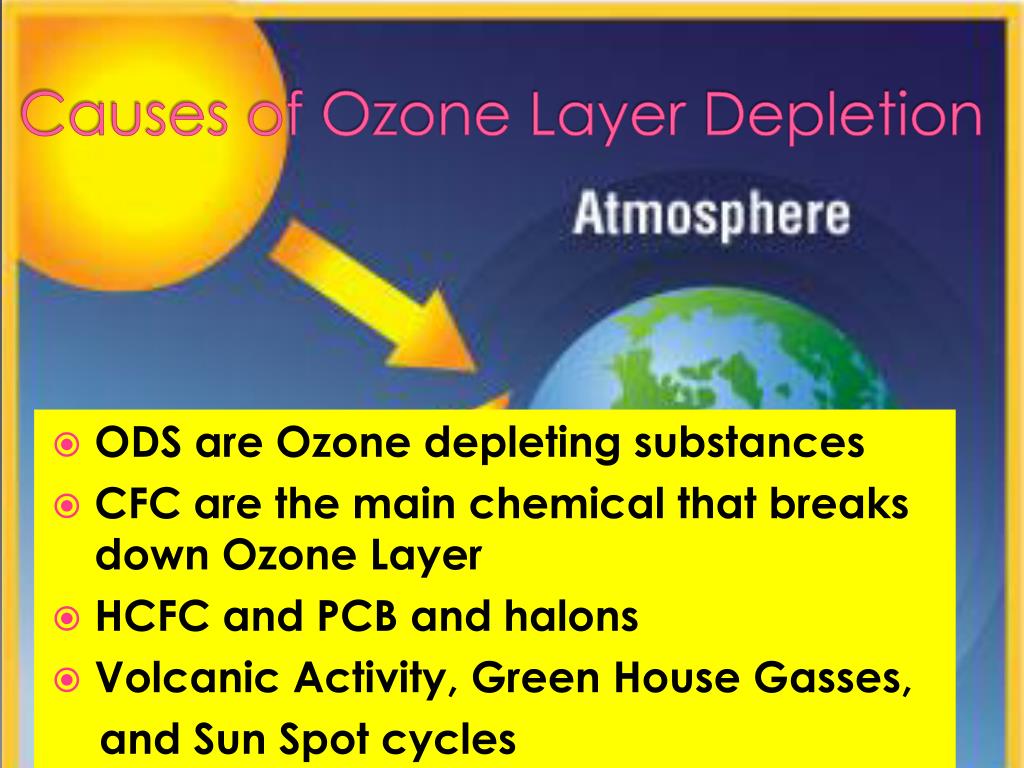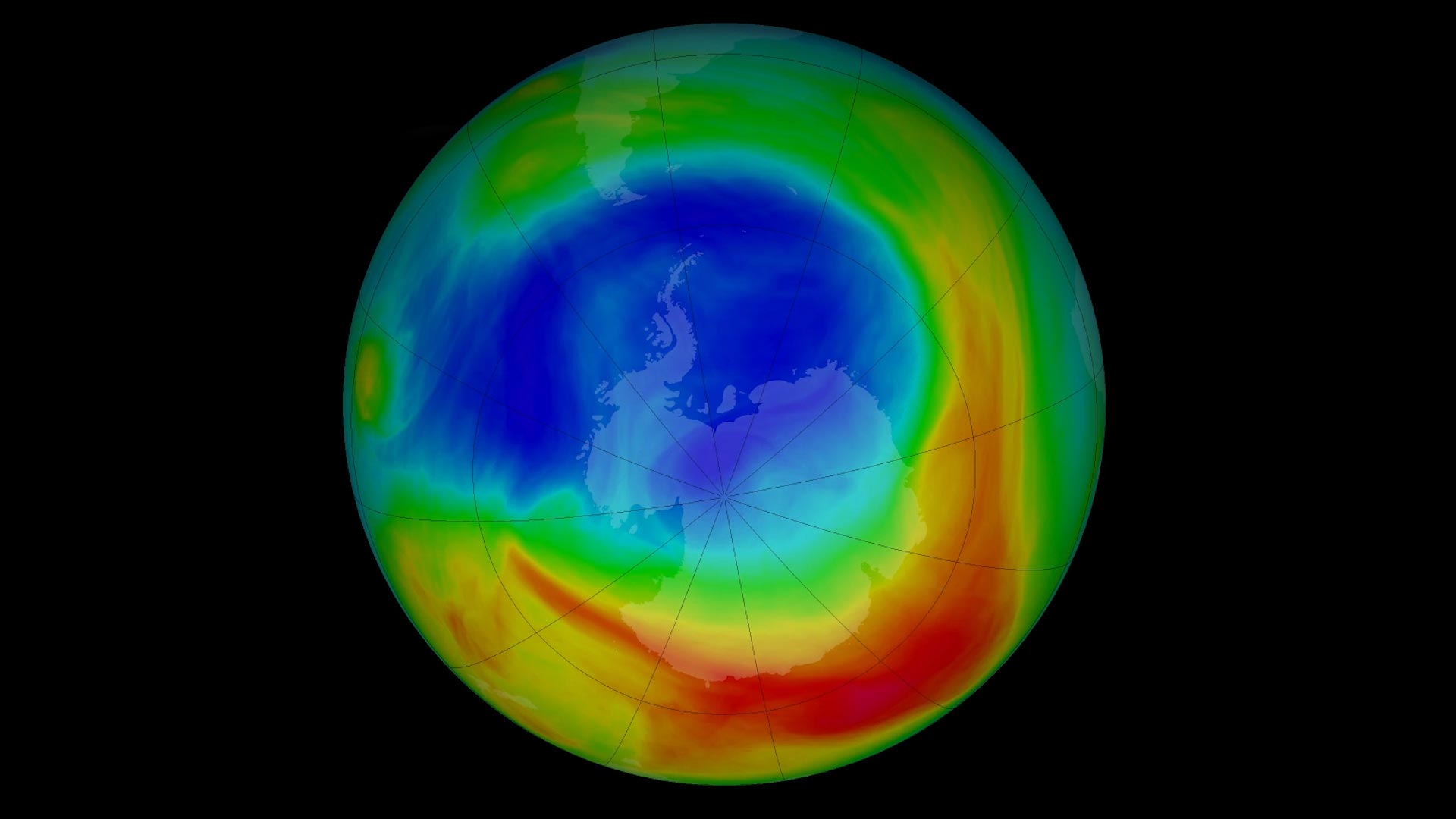The Ozone Depletion And Science Presentation
| Introduction | ||
|---|---|---|
| The ozone layer is a protective layer of gas in the Earth's stratosphere that shields us from harmful ultraviolet (UV) radiation. Scientific evidence has shown that human activities, specifically the release of certain chemicals, have led to significant ozone depletion. Ozone depletion poses serious consequences for human health, ecosystems, and climate. | ||
| 1 | ||
| Understanding the Ozone Layer | ||
|---|---|---|
| The ozone layer is primarily composed of ozone molecules (O3) that absorb and filter out most of the Sun's UV radiation. It is located in the stratosphere, approximately 10-50 kilometers above the Earth's surface. The ozone layer is crucial for life on Earth, as excessive UV radiation can cause skin cancer, cataracts, and harm marine life. | ||
| 2 | ||
| Ozone Depletion Causes | ||
|---|---|---|
| Chlorofluorocarbons (CFCs) and other ozone-depleting substances (ODS) are the primary culprits behind ozone depletion. CFCs were commonly used in aerosol propellants, refrigerants, and foam-blowing agents. When released into the atmosphere, these chemicals rise to the stratosphere and break down ozone molecules. | ||
| 3 | ||
| The Role of Science | ||
|---|---|---|
| Scientific research played a pivotal role in identifying the causes and consequences of ozone depletion. In the 1970s, scientists discovered a significant decline in ozone concentrations over Antarctica, leading to the recognition of the "ozone hole." Their studies provided evidence linking ozone depletion to human-made chemicals, prompting international action. | ||
| 4 | ||
| Montreal Protocol | ||
|---|---|---|
| The Montreal Protocol on Substances that Deplete the Ozone Layer is an international treaty signed in 1987. The protocol aimed to phase out the production and use of ozone-depleting substances globally. The successful implementation of the Montreal Protocol has contributed to the recovery of the ozone layer. | ||
| 5 | ||
| Ozone Hole Recovery | ||
|---|---|---|
| Through the reduction of ODS, the ozone hole over Antarctica has shown signs of recovery. The size and depth of the ozone hole have decreased since the 1990s, demonstrating the effectiveness of international actions. Continued monitoring and adherence to the Montreal Protocol are necessary to ensure complete recovery. | ||
| 6 | ||
| Ongoing Challenges | ||
|---|---|---|
| While progress has been made, challenges remain in addressing ozone depletion. Some substitutes for ODS, such as hydrochlorofluorocarbons (HCFCs), also contribute to ozone depletion and are being phased out. Climate change may affect the recovery of the ozone layer, highlighting the importance of integrated environmental efforts. | ||
| 7 | ||
| Conclusion | ||
|---|---|---|
| Scientific research has been instrumental in understanding and addressing ozone depletion. The Montreal Protocol serves as a successful example of global cooperation based on scientific evidence. Continued scientific monitoring and international collaboration are essential for the full recovery of the ozone layer and environmental sustainability. | ||
| 8 | ||







